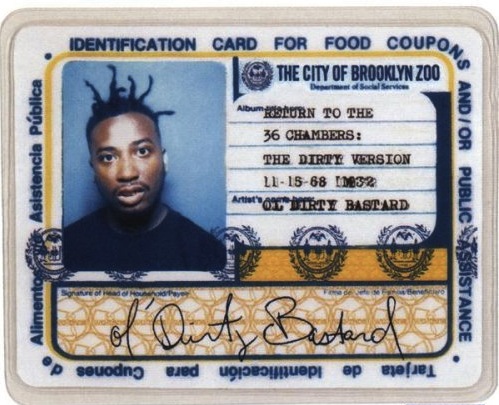
At this point, the iconography of hipsterism has become so esoteric as to just be iconography itself. If your primary focus is your clothes and you still look terrible, you're a hipster. Photo courtesy of latfh.com.
Salon provides us with an interesting ethical question/reminds us of its existence today, with this article about hip, educated young people who use food stamps to buy organic groceries. Much to the consternation of Mose, hipsters have been a perennial object of fascination here at Combat! blog, in part because they’re so difficult to pin down. In reporting the apparent uptick in hipster consumption of Supplemental Nutrition Assistance Program benefit cards, Jennifer Bleyer acknowledges the difficulty of proving that what she’s writing about is actually happening. “The increase in food stamp use among this demographic is hard to measure,” she admits, “as they represent a cross section of characteristics not specifically tracked by the Agriculture Department, which administers the program.” When writing about hipsters, one must continually examine the possibility that they do not exist. For Bleyer’s purposes, the hipster is a fairly identifiable, if vague, marketing demographic: twenty/thirtysomething, college-educated, and willing to pay money for organic tarragon. In this case, the money is yours.


